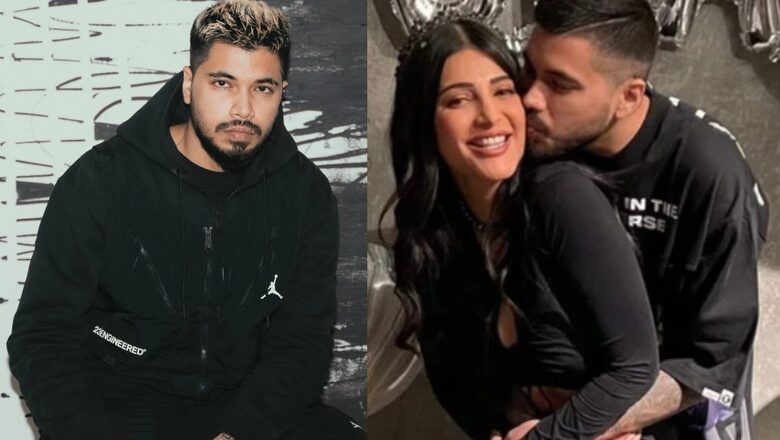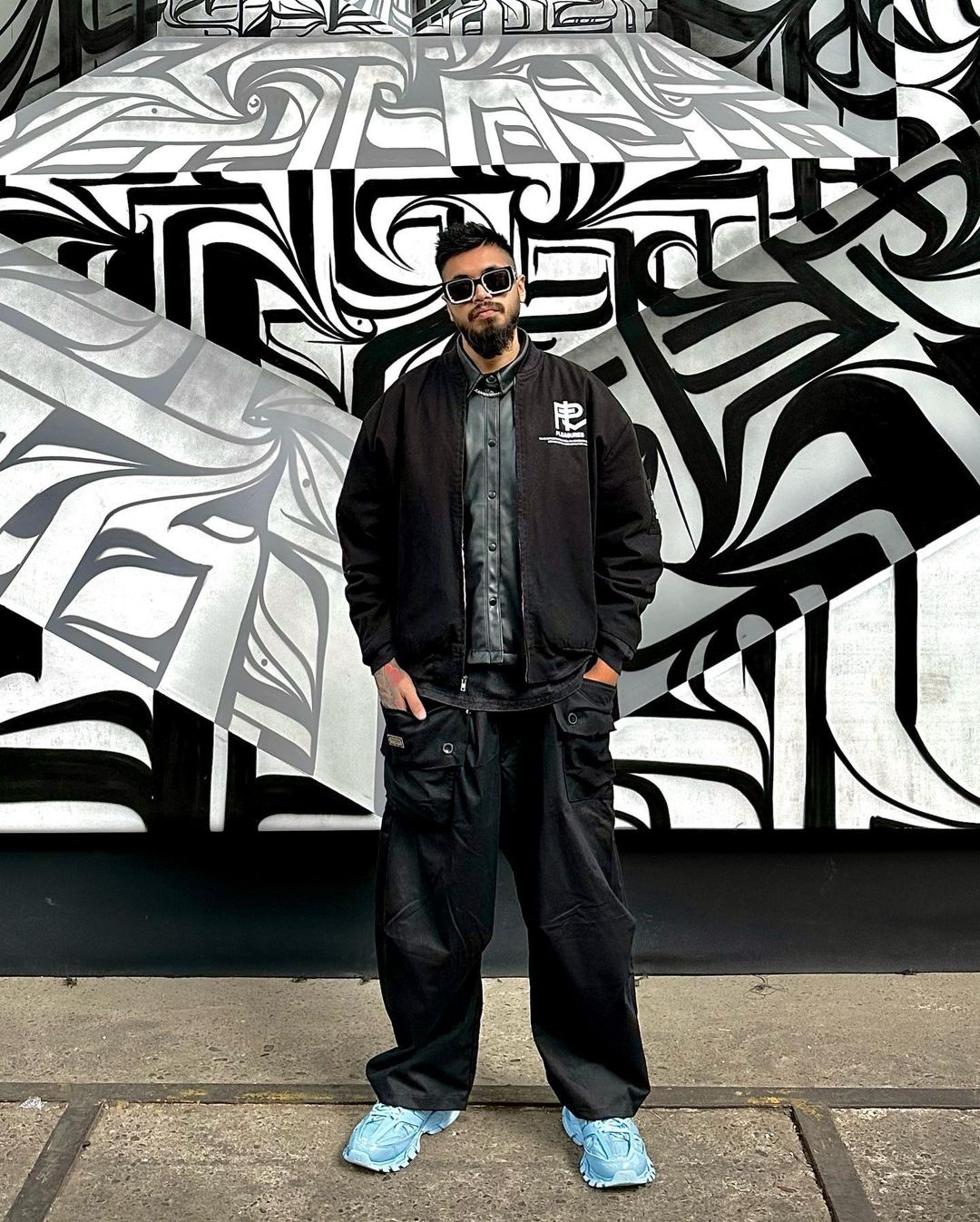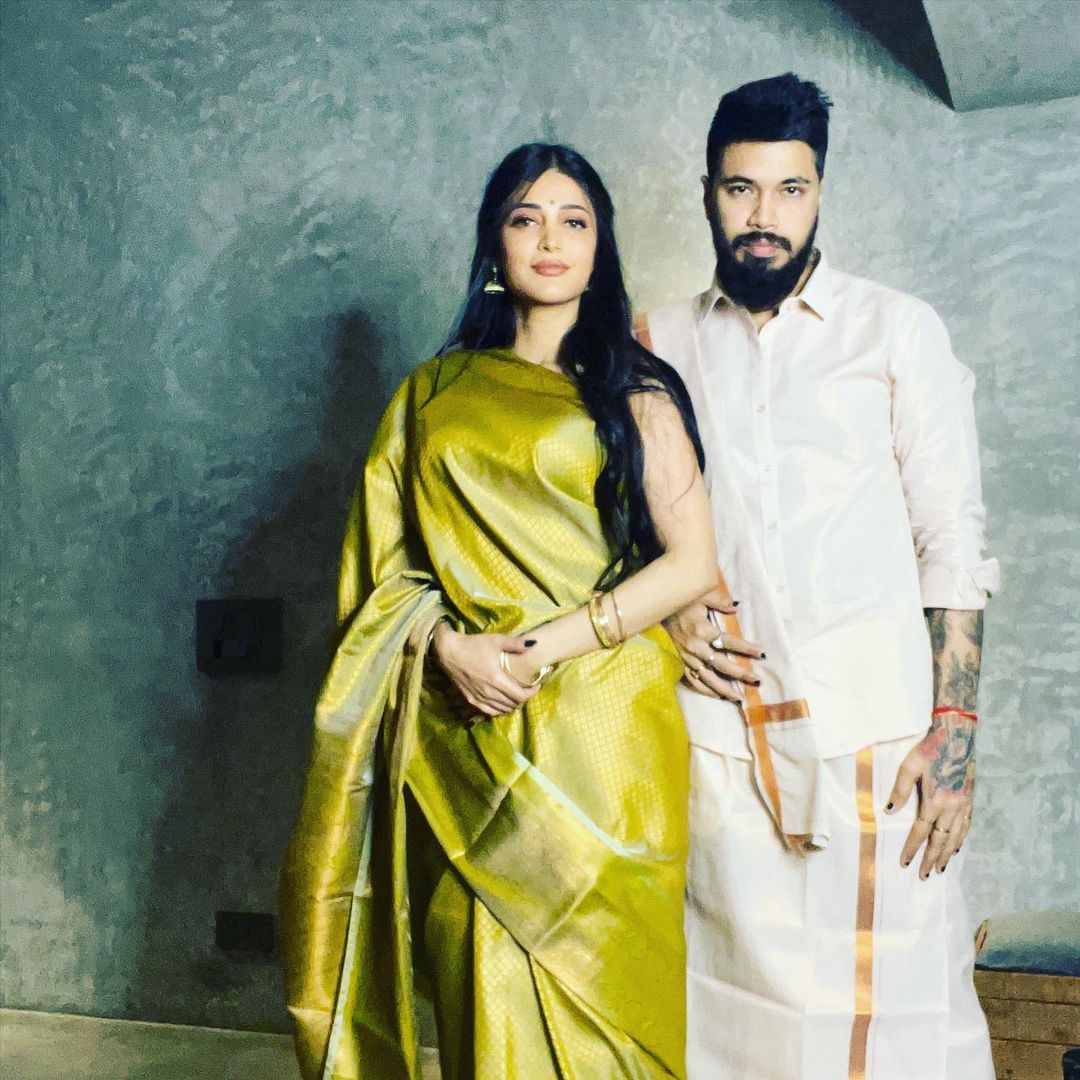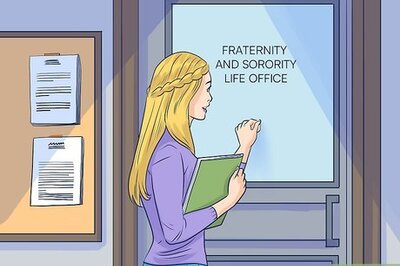
views
Santannu Hazarika resigned from his engineering career, but he found comfort and fulfilment in the world of illustration and doodling. His growing notoriety in the arts is attested to by his collaborations with esteemed establishments like Harper’s and well-known hip-hop musicians like Raftaar and Divine. Notably, he became even more well-known after winning the 2014 Red Bull Doodle Art Competition, which cemented his position as a notable figure in the industry. Moreover, his romantic relationship with Shruti Haasan, a singer and actress and also the daughter of the legendary actor Kamal Haasan, highlights the convergence of emotional connection and artistic talent in his life and adds an intriguing depth to his compelling story. Come explore the incredible journey of Santanu Hazarika, who is a living example of the endless opportunities that come with pursuing one’s artistic passion.

Excerpts from the interview:
Can you tell us about your installation at the Kalaghoda Festival?
Yes, for a long time, I had always wanted to be part of Kalaghoda because it’s the Kalaghoda Art Fest and probably one of the biggest public art fairs out there. Consider the number of people that turn up and the fact that it’s for everyone. It’s for the masses. And that thing excited me.
And I wanted to participate in it. I therefore have the privilege of sharing the stage at the Kalaghoda with numerous other performers this year. And Fodder for Flamingos is the name of the installation I created with Doodle Maples. There is irony in this installation. In addition to this solution, I would like to draw greater attention to the pollution that is occurring in wetlands and creeks, as well as the invasion and retreating areas.
So, to obtain food, the flamingos must genuinely scrounge through the pollutants and grime. Bombay witnesses this magnificent, breathtaking flamingo migration each year. And while we take shots, the expansive horizon comes into view, and it is breathtakingly magnificent. However, humans are blind to what the flamingos perceive.
This whole installation is a perspective. Just below the surface, you can see past the beauty and see the reality. So, this whole installation is based on that concept.
What does the process of creating art mean to you, and how did your journey into doodling begin?
The process of creating art for me is quite broad because, first, I don’t rely on any process but during the process, there are a lot of things that I go through before creating an artwork. It means a lot to me. It’s a process of constantly destroying, creating and reinventing images, techniques, forms, and ideas to give birth to something beautiful. I feel like the whole process depends on how I perceive my emotional or mental state, or even my physical stage. Where it affects the process and the kind of stuff or artwork that I’m creating. My whole journey into doodling or making art began as a kid, when I used to copy comic book characters. I used to draw all the characters, draw all the cover art, and replicate it. So, I would say, I got into this because I needed to fit in and also because I always liked drawing.
Your portfolio includes striking album art for various renowned musicians. Among your projects, which one holds a special place in your heart as a personal favourite?
A post shared by Santanu Hazarika (@santanu_hazarika_art)
I’ve done a bunch of artwork for various artists, album artworks, and creatives, but they are all good friends of mine, so it’s very hard to pick and choose. If you’d ask me, I would say working with Ritviz has been quite a journey because I’ve done the maximum number of album artworks and single artworks for his projects. So, that is very special to me because we also ended up being perfect friends through this project. So, from all the raves, Dave, all the other singers, and all the artwork, it got us together and made us closer. And I’m really happy, and I’m proud of that project.
The visual arts community in north-east India often goes under-documented. As a globally recognised artist from Guwahati, what steps do you believe can be taken to better promote these talented yet underrated artists?
Yes, unfortunately, much like every other thing that gets neglected in the Northeast, visual art is also one of the things that doesn’t have much recognition. I guess the steps that can be taken are more like bridging a gap. And me and a few of my friends have been trying to do that. So, with this agenda, we have started this project called the Guwahati Art Project, where we try to create dialogue. We try to conduct workshops. We do various activities.
A post shared by Santanu Hazarika (@santanu_hazarika_art)
We connect artists from the Northeast to other parts of the world and vice versa. So, that kind of effort needs to be put in. The artists need to be promoted. We need more patrons. We need more exposure. We need more brands. We need more supporters of art who would back artists from the Northeast specifically. But I’ve also tried my best to do that. Before all of this, I also used to curate shows for Lalit Kala Academy, Ministry of Culture, India, where I did showcases of artists from the Northeast specifically. So, I think there are a few ways that we can go about it, like more representation in the mainstream art field and more representation through galleries. I think these are the ones on which there are ways in which we can put more focus.
You gifted a special present to Badshah. Tell us the story behind it.
A post shared by Santanu Hazarika (@santanu_hazarika_art)
Yes, recently, I gifted a special pair of handcrafted Air Force Ones to Badshah. This was done by me and my friend Syqick. I worked with Badshah on one of his pan-India tours, called the Pagal Toh, last year. And since then, we have been very respectful and appreciative of each other’s artwork. And he also gave me a shout-out on one of his podcasts. We have a nice mutual respect for art forms, and as a special thank you for that, I thought of creating a special pair. Which was inspired by the Pagal tour that I worked on. The entire pair is inspired by the visual identity I had initially created for his tour and incorporated in the form of his sneakers, which zip up and become slides.
Life inevitably presents challenges for everyone. In your case, how has art served as a healing or coping mechanism during times of adversity?
Yes, there are always a lot of challenges in life. I mean, each of us has our challenges. And I mean, art has always been with me as the only constant thing. All the challenges keep changing, but art has always been there as a constant, which has pulled me through a lot of things. Be it dealing with depression or fighting the status quo,. Be it breaking stereotypes or not, I think art has been the only expressive form that has been loud enough for me to pierce through all of these things. And yes, art has pulled me through most of the situations that I have faced. For me, I think the best example would be how art has helped me cope with my depression. I think back to life when I was doing my engineering. I was diagnosed with depression and I was put under medication for a fair amount of time. But the only thing that pulled me out of it or that only helped me cope with the episodes was through painting and drawing. Because of that, I’m very anxiety-driven, and art, or creating art, sort of helps me channel that energy, that excessive anxiety, and those thoughts that I usually have or suppress onto the canvas, which acts as a release for me, and that has helped me.
Regarding your relationship with Shruti Haasan – Being in the public eye can be demanding. How do you both serve as each other’s support system, particularly during challenging times in your careers? Are there specific ways you offer support and encouragement?
Regarding a relationship and being in the public eye can be quite demanding, as you’re prone to all sorts of trolling and negativity. And in my case, I get a lot of racist remarks. I mean, which is very unkind and mean. But, I mean, for us, we both are each other’s support system in a way that we are very supportive. We’re very supportive of the work that we do. We are mutual respect’s art form, and we are each other’s sounding board. So, whenever we work on anything, we are the first critics of each other’s work. And, I mean, for us, work, art, and expression are what take priority and everything else is secondary. So that mental space and that focus help us sort of ignore all the negative aspects of being in the public eye. And, of course, we are always supporting each other in whatever experimental or new kinds of art forms we practice. Be it music, direction, filmmaking, art, or visual arts,. It’s a whole area of expressions that we support each other through.
What's your reaction?



















Comments
0 comment